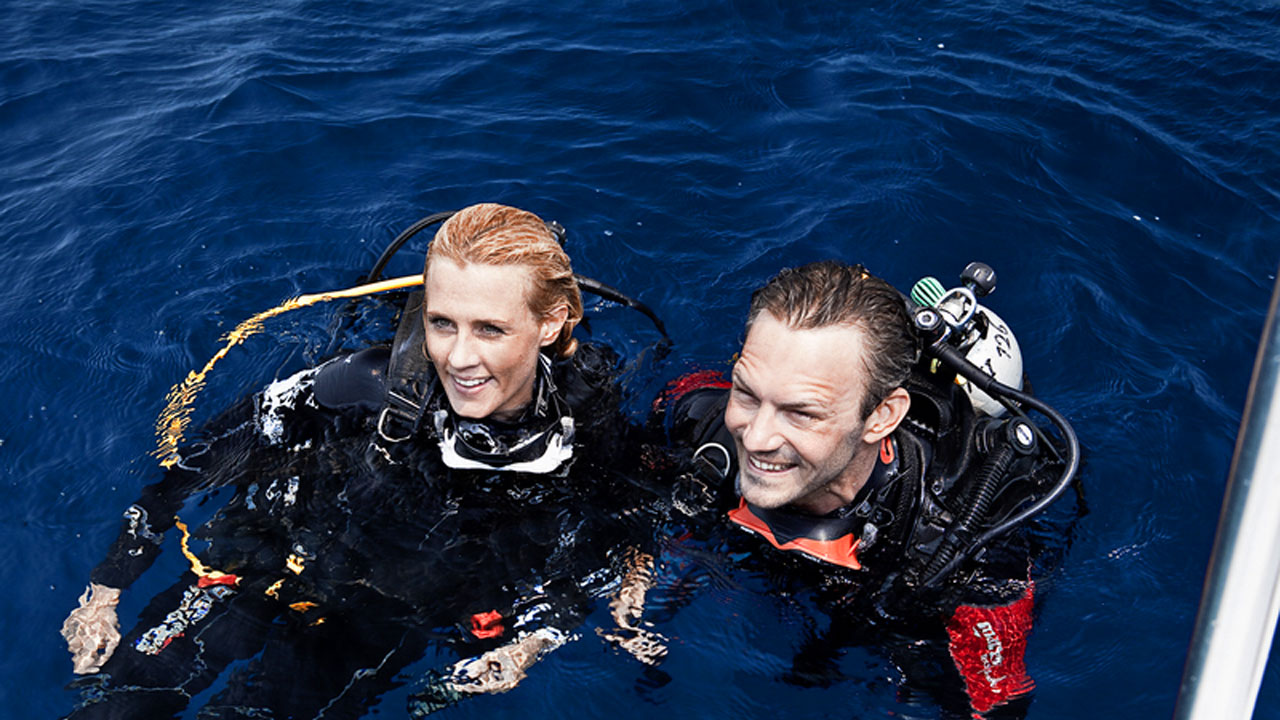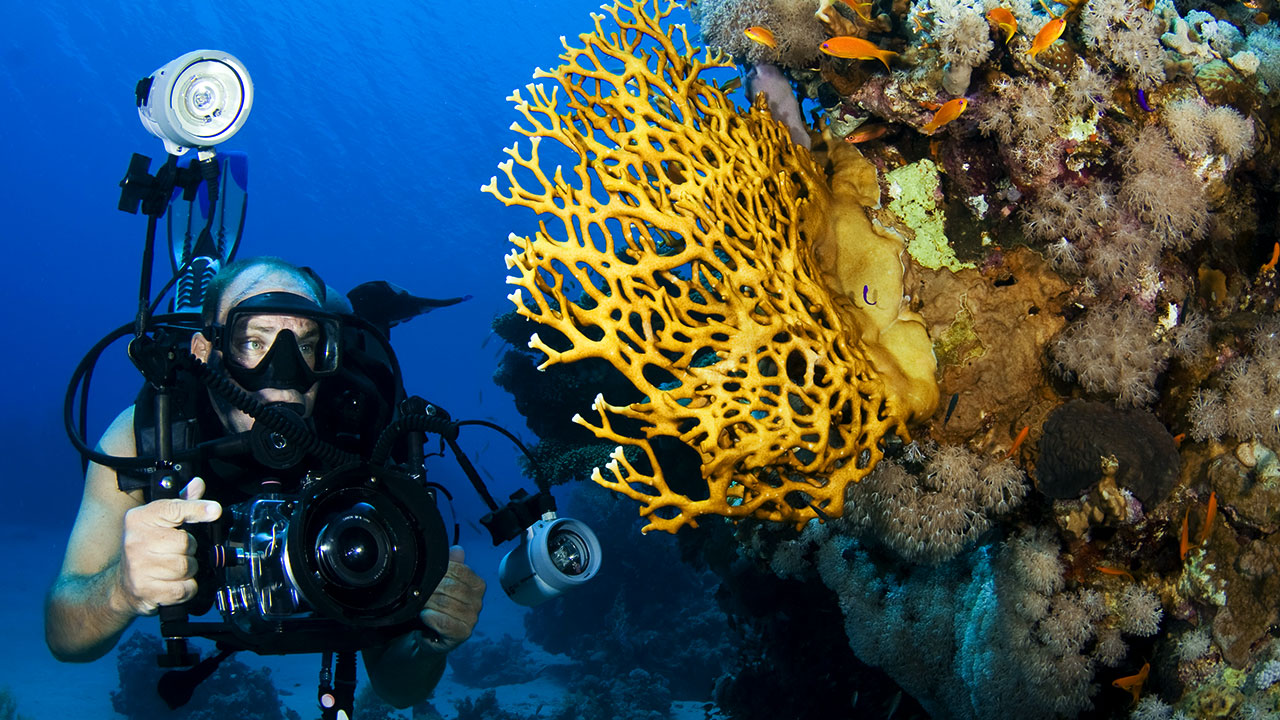Breathing Better - Diving Better: Tips for Novice Divers

"Breathe normally and never hold your breath" - this is probably one of the simplest and, at the same time, most perplexing rules for beginner scuba divers. Many novices discover that as soon as they are instructed to breathe normally, for some reason it becomes increasingly difficult, especially when it comes to breathing underwater. So why does this happen and what does it really mean to breathe normally during a scuba dive? Let's try to answer these questions.
Why It Can Be Challenging for Novice Divers to Breathe Underwater
There are a few reasons why you may feel somewhat uncomfortable breathing underwater.
1. You can’t breathe through your nose. Many beginner divers experience discomfort because they need to breathe entirely through their mouths, furthermore, do it while biting down on the regulator mouthpiece. It can be tempting to exhale through your nose, however, you have to understand that doing so creates all sorts of issues. For one, the pressure from the exhaled air will break the seal at the mask skirt, which presents an opportunity for water to enter. What’s more, if the skirt does not reseal properly the water will continue to leak. Secondly, if the diver exhales through the nose instead of the regulator his/her mask is likely to start fogging. The warm air from the diver‘s nose will cause condensation to form on the inside of the mask lens.
Remember, these problems can be easily avoided if you breathe properly - inhaling and exhaling through the regulator.
2. You start second-guessing your breathing technique. Often, when divers are told to breathe normally, especially when breathing underwater is very new to them, they tend to focus their attention on it. Because we do not normally pay attention to our breathing in everyday life, focusing on respiration makes breathing "normally" difficult. A diver may feel that he/she does not breathe deep or often enough. When such doubts arise, it is likely that the diver will mess up his/her breathing rate and only make things worse.
It is important that you train yourself to split your attention between maintaining a steady breathing rate and focusing on other aspects of diving.
How Do You Train Yourself to Breathe Normally?
One way to improve your breathing technique is to practice proper scuba breathing outside of the water, performing your everyday activities. Try switching to calm, rhythmic scuba breathing and maintaining a steady breathing rate when cooking or driving a car. You’ll find that soon enough you will learn to maintain your breathing rate automatically while attending to other tasks.
Another thing you should do is practice deep breathing techniques. Unfortunately, the vast majority of scuba courses don’t include lessons on proper breathing. Freedivers, for instance, use deep breathing techniques prior to a dive to optimize the gas exchange in their lungs. Scuba divers can benefit by introducing the same exercises and improve their dive time.
The basis of this technique is to fill your lungs from the bottom and empty them from the top. This allows to take advantage of your lung physiology and use the bottom part, responsible for seventy percent of gas exchange in the lungs, to the fullest.
When you start filling your lungs from the bottom, you need to extend your diaphragm out first and only after that add chest to the inhalation. The next thing you should do is try to extend your exhalation. Breathe out slowly and let the gas leave your lungs from the top to the bottom (but remember to never hold your breath).
When mastered, diaphragmatically initiated breathing will not only help you optimize the gas exchange in their lungs but also breathe more efficiently under demanding diving conditions.




